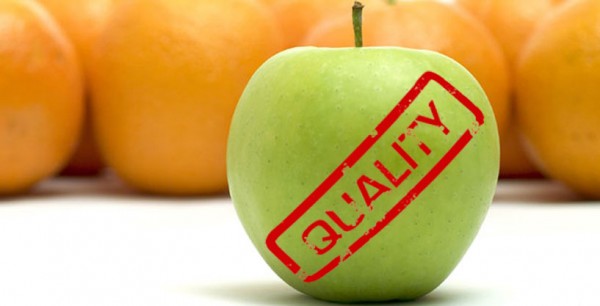Focus on Evergreen Content to Reap Google’s In-Depth Article Benefits
Google recently announced the launch of a new feature that places search results for “in-depth” articles of more than 2,000 words prominently on its Search Engine Results Page (SERP). It’s the logical next step of Google’s campaign to improve the overall quality of search results. Previous updates such as Panda had punished low-quality and off-topic content. Featuring in-depth articles highly on a results page serves as the reward for people such as SEO copywriting services which produce high-quality and relevant content.
In terms of SEO, the addition of in-depth articles has the potential to be a game-changer. With these articles receiving such a prominent place on Google’s SERP, it makes sense to put significant emphasis on creating this sort of content. Whether you plan on using outside article writing services like eVisible or creating the content yourself, it’s important to know the basics of how to create the right copy and specifically why evergreen content is so important for these in-depth articles.
What is Evergreen Content?
Much like its name implies, evergreen content are articles and blog posts that are always “fresh” and never get old. This means the content isn’t related to news stories that will change over time or become irrelevant. The ideal bit of evergreen content gives readers information that will as useful to them years later as it is when it is first published.
Why is this so important? By making this content relevant over a long period of time, you will be able to see the benefits of traffic and site rankings from it for months or even years to come. Finding the right topics is often one of the most important elements in creating great evergreen content.
You can use many of the same tools that you would use for your SEO research when planning your evergreen content. Keyword research tools such as Google’s Keyword Planner will give you an idea of the types of keywords that are being searched for over long stretches of time. You can augment this research by tracking your older posts using Google Analytics to see which topics perform the best or use Google Trend to identify hot topics that may be relevant over the long haul.
Best Topics for Evergreen Content
As you read articles on the Internet, you’ll notice certain types of articles come up again and again. This is because their formats lend themselves naturally to evergreen content. When you are looking at creating in-depth articles for SEO purposes, consider some of these story ideas:
- “Best” Lists (“Best Restaurants in New York”)
- Top 5 or Top 10 Lists ( “Top 10 Tourist Attractions in London”)
- “How To” Articles (“How to Fix a Leaky Faucet”)
- Beginner’s Guides (“Beginner’s Guide to SEO”)
- Funny/Worst Compilations (“Worst Band Names”)
Writing Your Evergreen Content
The first thing to do when writing your evergreen content is to understand your audience. If it’s a technical audience, you can use more complicated and advanced terms. From there, do your research and use that as the basis for the outline to your article. With more than 2,000 words to write, it’s easy for in-depth articles to lose focus without an outline.
More than anything else, you need to make sure that your content is truly evergreen and that it’s is uniquely valuable. If it’s information that people can get somewhere else, it won’t be as valuable. Even if it’s on a topic that’s been written about before, put your own spin on it. This will increase the chances that it is shared by readers, increasing overall clicks while also sending valuable social signals to Google about the quality of the piece.

 Posted on January 31, 2013
Posted on January 31, 2013